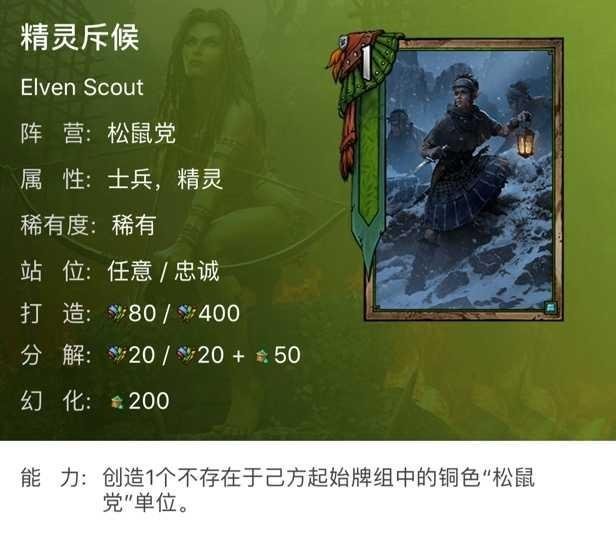Why is it that the randomness of the dota2 game is very high, but few people say it is a game design problem, but some people say that card game is a "garbage game"?
Because there is an essential difference between the moba game and the card game, I call it "strategic depth", which greatly affects randomness.
Before that, I would like to agree on the concept of "resources", which refers to the part of the game that players can acquire and use from the game mechanism. Including but not limited to: the cost and amount of blood in the hearthstone legend; Dota's economy, experience, etc. For the sake of understanding, let me simplify the game strategy to "get as much resources as possible". Obviously, the fixed income project establishes the framework of the game smooth process, and the randomness part produces the so-called upper limit and lower limit.
On the basis of the above model, I will try to analyze the reasons for the different performances of randomness in moba and card games. In order to achieve the "resource maximization" strategy, we will choose the most profitable one in each decision. In the case of a random project in the alternative, we estimate its expectation first and then compare it with other schemes.
For example, now that I'm a single ts, after a line, I have 700 dollars in cash, but the state is not healthy, and I'm in a state of hesitation. Plan A: buy the magic bottle and hope to control the next one. Plan B: buy big medicine, small blue, pendant. Compared with the well-earned B plan, plan A involves A randomness problem - the hyphen refresh. If you can't control the next character, plan B will be better than plan A in any case, but the refresh position of the god character is not controllable, so the answer is to choose plan B! Of course not. This involves the "depth of strategy" I mentioned, and dota as a five-person game, and the collaboration between teammates will be included in the decision. Therefore, if A teammate helps to do the river vision/squatting, the advantage of the magic bottle in plan A can be played. In the process, the expectation of the "randomness" of the refresh of the divine character is enhanced by "strategic depth". As an example, PA's knife fire is the same principle as the distinct representation of randomness in dota. Because of the high PA crit gains, so pack in selected, we will as much as possible around the "critical strike", we can fold the attack equipment guarantee crit damage, the BKB even eternal disk can guarantee the output space and so on, such as the surrounding the randomness, maximize its expectations, is the embodiment of "strategic depth", that is, I think a good randomness.
Besides, as a card game, "strategic depth" is a necessary attribute. In other words, it's hard for players to focus on randomness. You hit a stone mound defender, and then you start to burn incense and pray to Buddha or the day keeper. As your opponent, you can see that you can't figure out how to get out of the Buddha, he will be in a bad mood. Because as your opponent, his "strategic depth" is shallow, you can't control your randomness, he can't predict your randomness, and respond, which is the biggest problem. By this time, my description of "strategic depth" has been formally completed.
To sum up, the impact of strategy depth on randomness includes: 1. 2. To respond to the possible upper limit of the opponent's randomness. And both of these are a lack of hearthstone legends.
Finally, I'd like to list one of the people in quentin who is also a card game who thinks it's better to involve randomness design. Creation, similar to the discovery in the hearthstone myth, is an RNG mechanism, but "not in the starting card group" can also be used to construct the means of influencing income.
